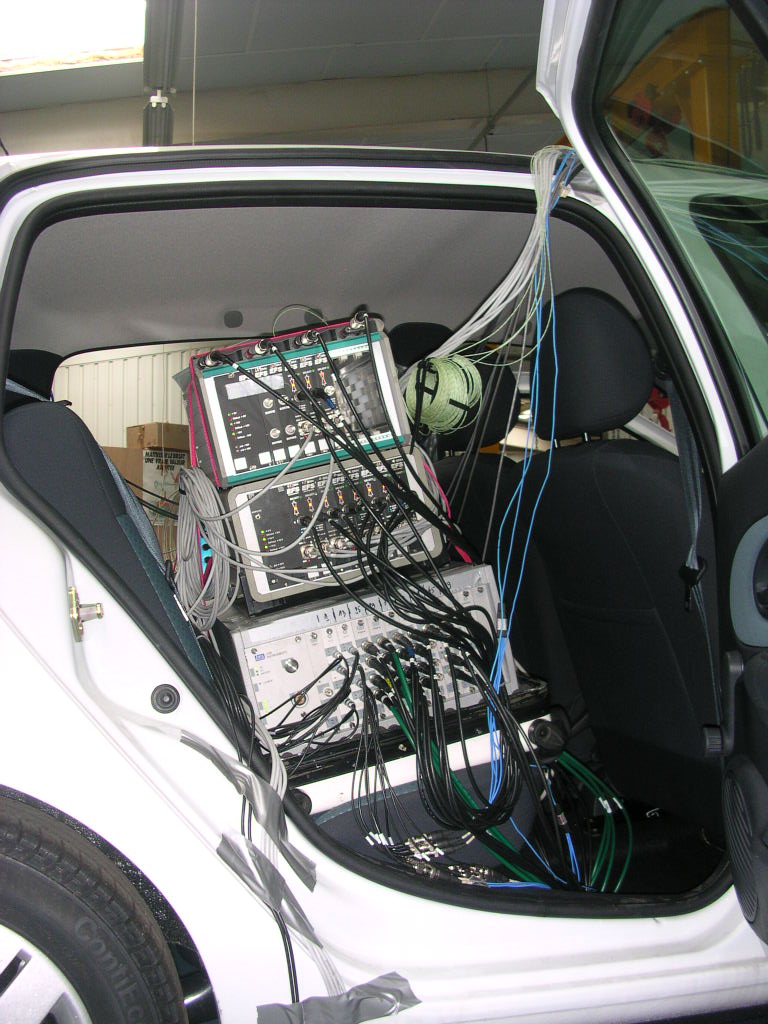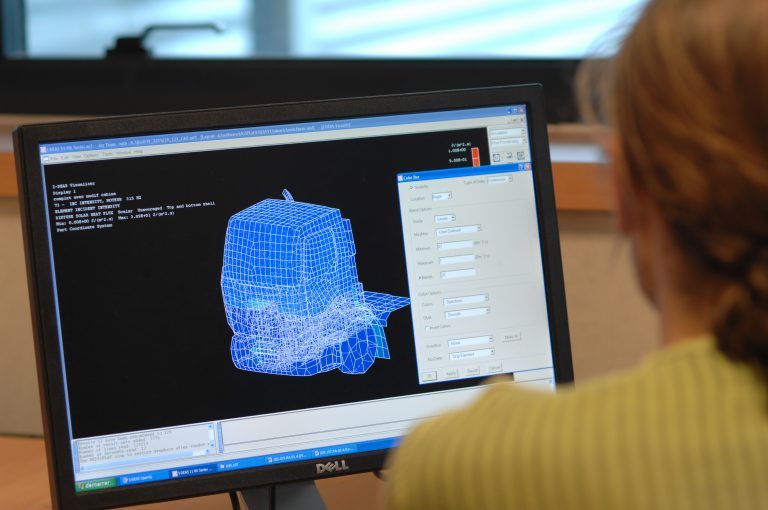Modal analysis of the complete powertrain
Modal analysis is a method used to study the vibration modes of a given mechanical system. In the case of a complete powertrain, this involves analyzing the vibration modes of powertrain components such as the engine, transmission and driveshafts.
Measurement of vibration levels and operating deformations
Vibration data is usually collected in real time using a data acquisition system which can record vibration signals in the form of frequency spectra.
Strain data can then be analyzed to identify excessive strains, torsional vibrations and changes in strains over time.
Powertrain sound power measurements
Whatever method is used, it is important to ensure that measurements are carried out under reproducible conditions and in compliance with automotive industry standards. The results of sound power measurements can be used to optimize engine and exhaust design, as well as to assess compliance with vehicle noise and sound quality standards.




